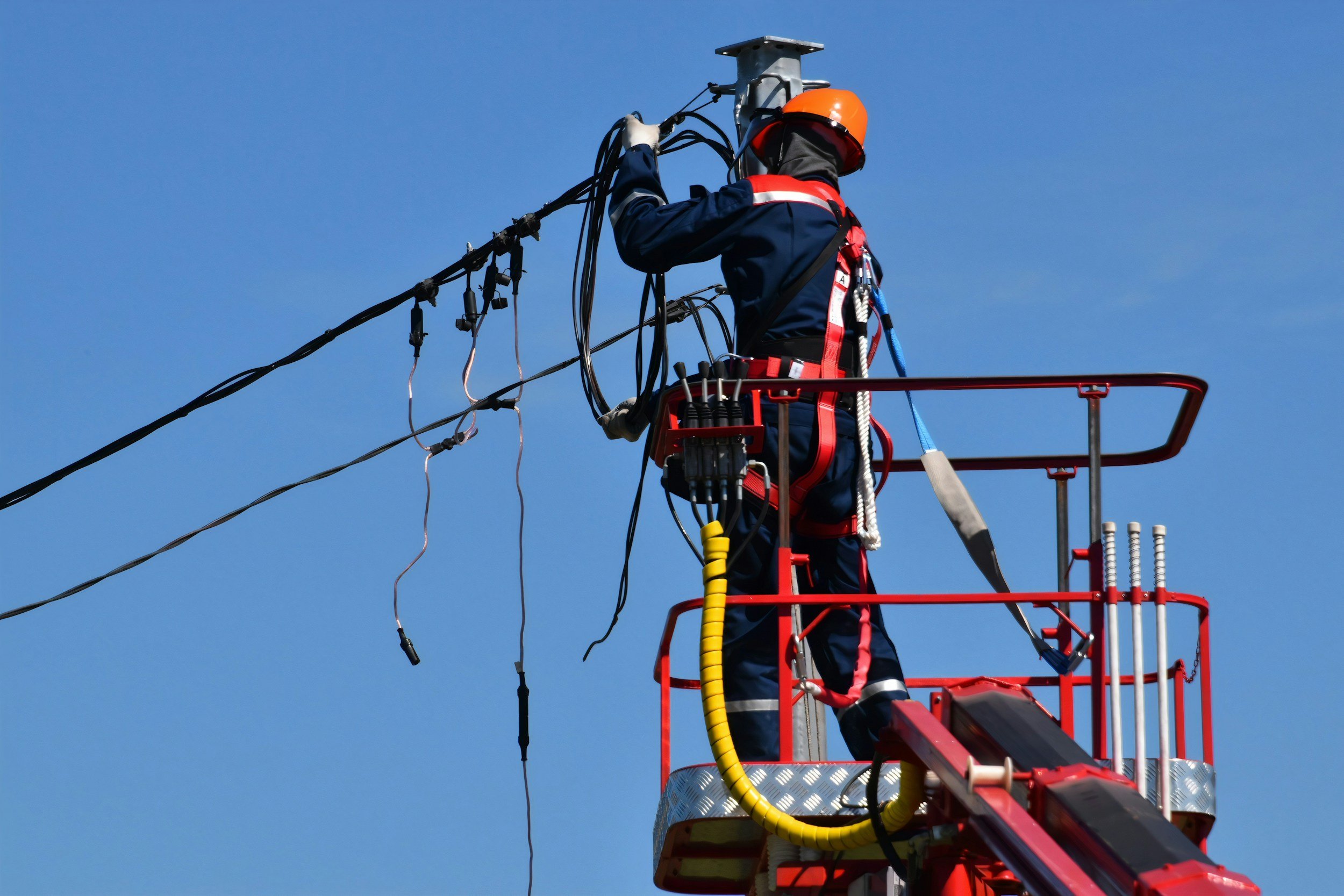
Blackouts and Your Solar System
Blackouts and Your Solar System: What Happens With or Without a Battery
Blackouts are an unfortunate reality in many parts of Australia, especially during severe weather events or unexpected grid failures. If you own a solar system – or you’re considering installing one – it’s worth understanding exactly what happens when the grid goes down. Below is a comprehensive look at how solar-only systems function during outages, what to expect if you have a battery, and why you might consider adding storage for greater peace of mind.
. The Basics of Blackouts
A blackout occurs when the electricity grid fails or is intentionally switched off to protect infrastructure. During this time, any grid-connected home will lose power – lights switch off, appliances stop running, and all normal electrical functions grind to a halt. However, whether your solar system can keep you powered during a blackout depends entirely on whether you have battery storage or a standalone backup solution.
2. Solar-Only Systems During a Blackout
Shutoff for Safety
If you have a standard grid-tied solar system without battery storage, your panels will not supply power during a blackout. This is due to a built-in safety feature known as “anti-islanding.” It ensures that electricity doesn’t flow from your home back into the grid, where it could endanger line workers trying to restore power.
Automatic Restart
Once grid power is restored, a solar-only system will typically switch itself back on automatically. You won’t need to do anything unless there was a reason you manually shut down the system prior (such as to protect it during severe weather).
Minimal Protection
If a blackout occurs on a bright, sunny day, you might expect your solar panels to continue supplying power – after all, they’re collecting sunlight. Unfortunately, without a battery to store or regulate energy independently, your system will still power down to prevent electrical hazards on the grid. This means no refrigeration, no lights, and no device charging for the duration of the outage.
Add a battery to your system and avoid blackouts
3. Solar-and-Battery Systems During a Blackout
Backup Power for Essential Loads
A solar-and-battery system can supply energy to your home during an outage, depending on the setup. Many households configure their battery backup to power critical circuits such as refrigeration, lighting, medical equipment, internet routers, and basic power outlets. When the sun is shining, your panels can also recharge the battery – keeping essential functions running far longer than if you relied on the battery alone.
Seamless Transition
Modern battery systems often switch to backup mode automatically, creating a smooth, almost unnoticeable transition when grid power fails. This means you can continue using designated critical loads without any interruption, as long as the battery has sufficient charge.
System Size Matters
The duration and extent of your backup power depend on the size of your battery and how much electricity your home consumes. A larger battery bank supports more circuits – or for a longer time – while a smaller one may run essential loads only for a limited period.
4. Deciding Whether You Need a Battery
Reliability & Resilience
If you experience frequent blackouts, a battery adds resilience. You’ll avoid inconvenient power cuts for essential appliances and maintain a baseline level of comfort.
Energy Independence
A battery system lets you store the energy you generate, using it during expensive peak periods or when the grid is down. Over time, this can help reduce your electricity bills.
Upfront Costs
Battery systems cost more initially compared to solar-only setups. However, when factoring in rebates, feed-in tariffs, and potential energy savings, many households find a well-sized battery pays off over the long term.
Future-Proofing
As electricity markets evolve, having a battery positions you to take advantage of emerging technologies and tariff structures. You can also expand your battery capacity later if your energy needs grow.
5. Best Practices During a Blackout
Stay Informed
Keep track of local power company updates to know how long the outage might last.
Make sure your devices are charged ahead of any planned outages, and have backup communications if you rely on landline or internet services.
Charge From The Grid If You Can
If you are with a VPP like Amber, you can use the Amber app to “force charge” your battery before storms hit, ensuring you have the battery full before you get cut off from the grid.
Reduce Consumption
If you have battery backup, limit usage to essential loads only. This will stretch your available power for as long as possible.
Check Your Equipment
After a severe storm or when power is restored, do a quick inspection of your solar components from the ground (looking for damage to panels or roof mountings). If you see anything suspicious, contact a qualified technician.
Monitor Your System
If you’ve still got wi-fi and internet running you should be able to use your app or online portal (like iSolarCloud) to track real-time performance. This can show you how much battery charge remains, which loads are consuming power, and when it’s safe to switch back to normal operation. If your tracking app is down, which is common during a blackout, the app won’t be tracking but the system will likely still be working, to monritor performance, you’ll need to look at the physical inverter or battery itself – for example, Sungrow batteries have blue LED lights that show power level (1 light = 10%), and they flash when charging.
6. Conclusion
Blackouts can be more than just an inconvenience – they can disrupt your life in major ways. With a solar-only system, you’re still reliant on the grid to keep power flowing. Once the grid goes down, your panels must shut off to maintain safety. By contrast, a battery-integrated system allows you to continue using essential appliances and lights throughout the outage, giving you both comfort and peace of mind.
